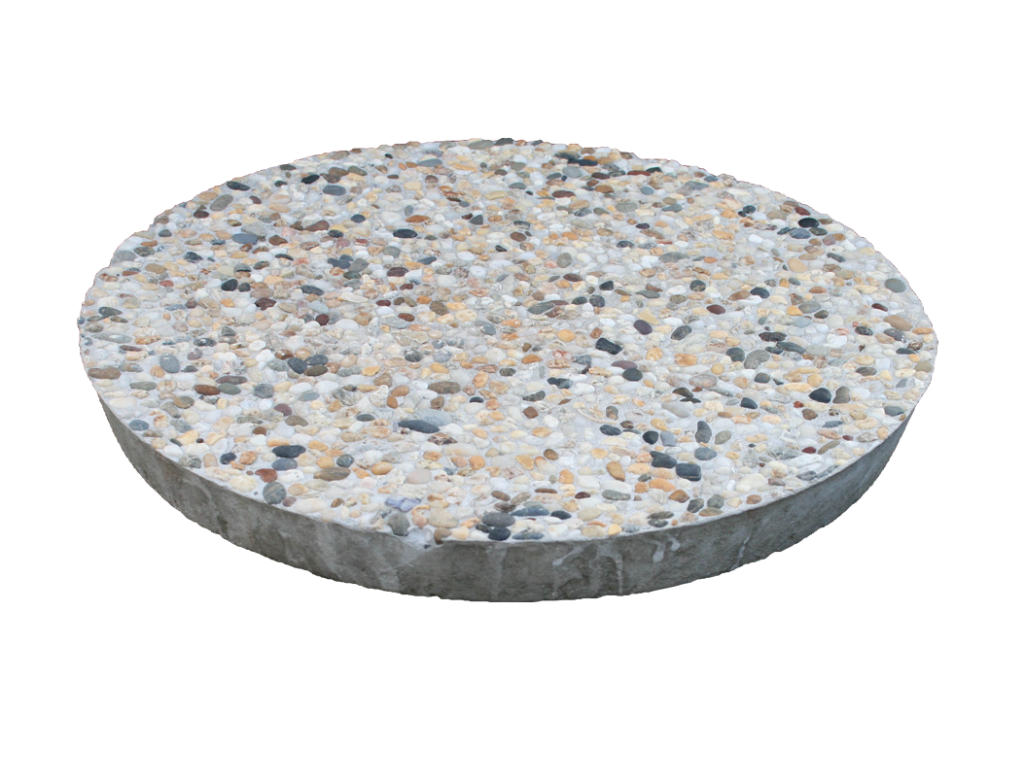A Stone Age site near Frankfurt, Germany, shows evidence of a “final lethal crisis of the first Central European farmers of the Early Neolithic Linearbandkeramik Culture”, says .
The 7,000 year old conflict left a chilling legacy: the mass graves of 26 Linearbandkeramik (LBK) victims, with smashed skulls, arrow wounds and even smashed shin bones.
Settling in small villages in the central part of Europe around 5500 B.C, the LKB people (named so after the German name of their style of pottery) lived for the most part along the waterways of the continent. They lived in large longhouses and farmed wheat, peas and barley, also turning their hand to raising cattle. Their craftsmen made excellent stone tools and traded in obsidian.
They were a prosperous people, and as it usually happens other, less well-to-do neighbors wanted in on a slice of their pie.
 The pebbles really bring out the flavor.
The pebbles really bring out the flavor.
Image via centenarylandscaping
A growing body of evidence shows that the last phase of their settlement in the region was marked with “unequivocal lethal violence on a large scale.”
Two other sites, Talheim, Germany and Aspam/Schletz in Austria show mass graves that date from around the same time and show fatal violence. But the site at Schoeneck-Kilianstaedten stands out amongst the others due to the brutality of the victim’s treatment, say researchers from the University of Mainz and the University of Basel.
 Such shin fractures were found at the site.
Such shin fractures were found at the site.
Image credits PNAS University of Basel
The skeletons found were almost all male, but also included children.
“Although the absence and possible abduction of younger females has been suggested for other sites previously, a new violence-related pattern was identified here: the intentional and systematic breaking of lower limbs,” the team found. “The abundance of the identified perimortem fractures clearly indicates torture and/or mutilation of the victims.”
One of the most disturbing finds are the injuries on the bodies. Several researchers have maintained that the wounds ,Including smashed teeth and broken lower limbs, were inflicted after death as part of ritualistic behavior. But the new findings contend that the perimortem injuries were clearly intended to be parts of torture or mutilation.
The LBK people, who spread westward along the Danube into the continent, began to disappear from the archaeological record after about 600 years – in 4900 B.C., according to archeological accounts.

